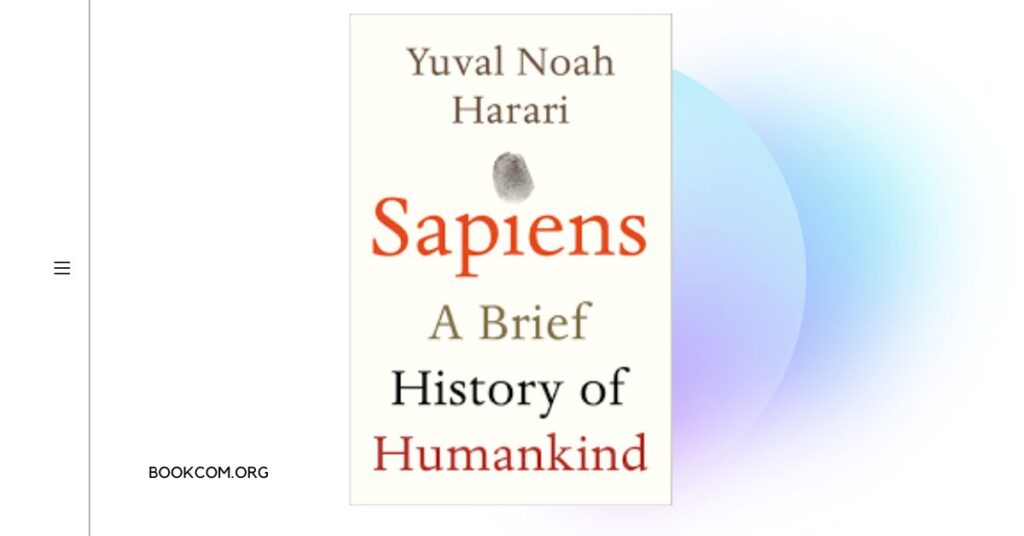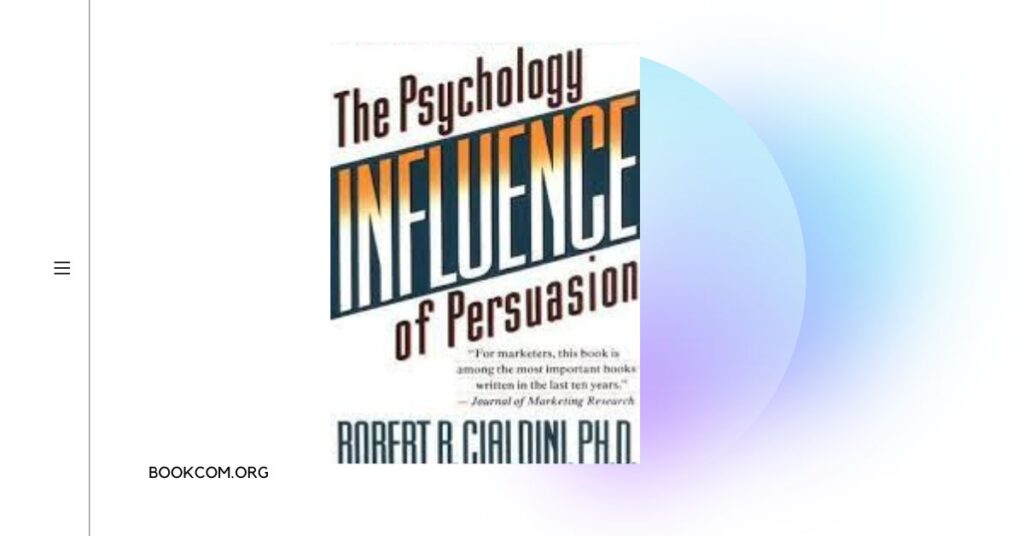Overview
“Thinking, Fast and Slow” by Daniel Kahneman is a groundbreaking book that offers profound insights into the human mind and decision-making process. Kahneman, a renowned psychologist and Nobel laureate in economics, presents a comprehensive exploration of the two thinking systems that drive our thoughts and actions.
Book Details
Author: Daniel Kahneman
Publication Year: 2011
Genre: Psychology, Behavioral Economics
Main Focus: Human decision-making and cognitive biases
Key Themes: Dual Process Theory, Behavioral Economics, Cognitive Biases
Summary
Thinking, Fast and Slow” explores the two systems of thinking that drive human decision-making: the fast and intuitive system (System 1) and the slow and deliberate system (System 2). Daniel Kahneman, a Nobel laureate in economics, explains the cognitive biases and heuristics that affect our judgment and decision-making. The book offers insights into how our minds work and provides practical implications for understanding human behavior.
The book is divided into two parts, focusing on the two systems: System 1, which represents fast, intuitive, and automatic thinking, and System 2, which represents slow, deliberate, and logical thinking. Kahneman masterfully explains how these two systems interact and influence our judgments, choices, and behaviors.
One of the book’s key strengths is its ability to shed light on the various cognitive biases and heuristics that affect our decision-making. Kahneman provides numerous real-life examples and studies to illustrate how these biases can lead to errors in judgment and decision-making.
Throughout the book, Kahneman challenges the notion of human rationality, showing that our thinking is often influenced by intuitive and emotional responses rather than careful analysis. He highlights the impact of factors such as framing, availability, and anchoring on our perceptions and choices.
Kahneman’s writing style is engaging and accessible, making complex psychological concepts understandable for readers with varying levels of knowledge in the field. He strikes a perfect balance between academic rigor and storytelling, ensuring that the book remains captivating and thought-provoking throughout.
Furthermore, “Thinking, Fast and Slow” encourages readers to reflect on their own thinking processes and become aware of the biases and shortcuts that can cloud their judgment. It provides practical implications for decision-making in various domains, including finance, business, and personal life.
The book is not a quick read, as it delves into the intricacies of cognitive psychology and behavioral economics. However, the depth and richness of the content make it a highly rewarding and enlightening experience for those willing to invest the time.
Key Learnings:
Our thinking is influenced by two systems: fast and intuitive (System 1) and slow and deliberate (System 2).
Cognitive biases and heuristics often lead to errors in judgment and decision-making.
Factors like framing, availability, and anchoring impact our perceptions and choices.
Reflecting on our thinking processes and becoming aware of biases can improve decision-making.
The book provides practical implications for decision-making in finance, business, and personal life.
Also Read:
For more information about the book, you can visit:



